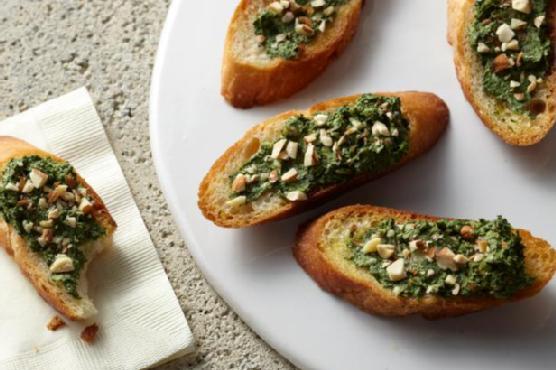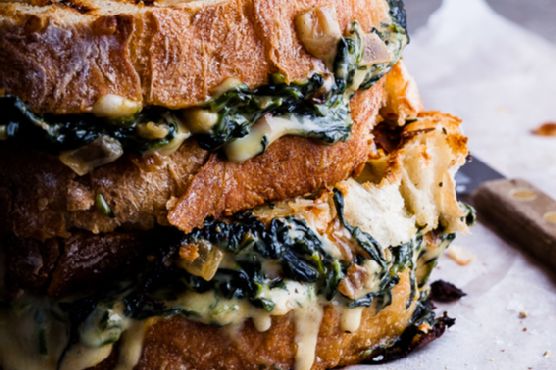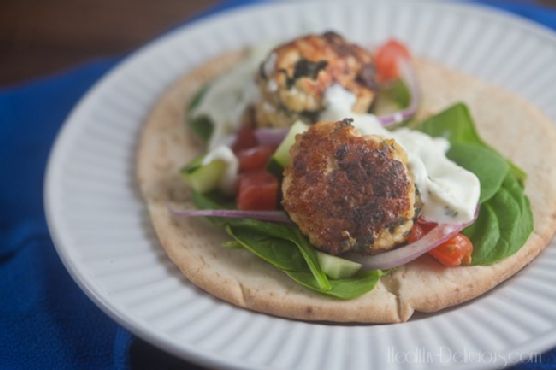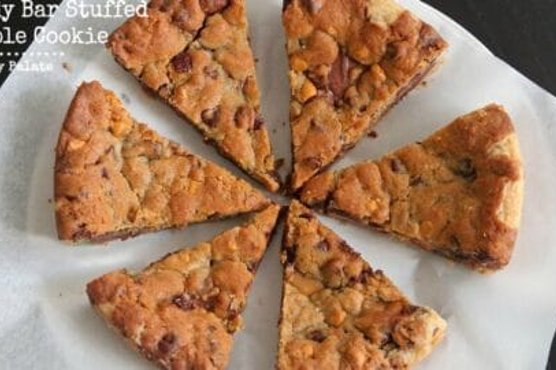Caramel Surprise Snickerdoodles
Caramel Surprise Snickerdoodles requires roughly 1 hour from start to finish. One serving contains 367 calories, 4g of protein, and 17g of fat. This recipe serves 20. For 68 cents per serving, this recipe covers 6% of your daily requirements of vitamins and minerals. Several people made this recipe, and 4121 would say it hit the spot. It is brought to you by Sallys Baking Addiction. A mixture of salt, ground cinnamon, cookies, and a handful of other ingredients are all it takes to make this recipe so scrumptious. It works well as an inexpensive hor d'oeuvre. With a spoonacular score of 24%, this dish is rather bad. If you like this recipe, you might also like recipes such as Caramel-Filled Snickerdoodles, Caramel-Studded Snickerdoodles, and Caramel Apple Snickerdoodles.
Servings: 20
Preparation duration: 85 minutes
Cooking duration: -25 minutes
Ingredients:
1 teaspoon baking soda
12 soft wrapped caramel candies, such as Kraft Caramels or Werther's Original Baking Caramels
Cookies
2 teaspoons cream of tartar
1 large egg, at room temperature
2 3/4 cups (345g) all-purpose flour (careful not to overmeasure)
1 cup (200g) granulated sugar
1 teaspoon ground cinnamon
1/3 cup (70g) light brown sugar, packed
1/2 teaspoon salt
1 cup (230g) unsalted butter, melted
2 teaspoons vanilla extract
Equipment:
whisk
bowl
baking paper
baking sheet
plastic wrap
spatula
oven
microwave
wire rack
Cooking instruction summary:
For the cookies: Toss the flour, cream of tartar, baking soda, cinnamon and salt together in a large bowl. Set aside.In a medium bowl, whisk the melted butter, granulated sugar and brown sugar together until smooth. You must use a whisk in order to prevent the butter from separating. Whisk in the egg, then the vanilla until combined. Pour the wet ingredients into the dry ingredients and mix together with a large spoon or rubber spatula. The dough will be very thick and heavy, yet slightly crumbly. Cover the dough tightly with plastic wrap and chill for at least 1 hour.Preheat oven to 350F degrees. Line two large cookie sheets with parchment paper or silicone baking mats. Set aside.Unwrap the caramels and cut each into 4 pieces. Remove the dough from the refrigerator and roll the dough into balls, about 1.5 Tablespoons of dough each. You'll have about 20-24 balls, give or take. The dough will be crumbly, but the warmth of your hands will allow the balls to stay intact.Please use the visual above to help guide you through this step: Break each dough ball in half. Make a thumbprint into the bottom of one half and press two pieces of caramel inside, as shown above. Smoosh the other half of the dough on top and roll the dough between your hands to make a smooth ball. Make sure the caramels are completely wrapped inside.For the topping: Mix the granulated sugar and cinnamon together in a small bowl. Roll each stuffed dough ball into the mixture to coat evenly. Place 10 balls of dough onto each cookie sheet. Bake the cookies for 10-11 minutes. The cookies will look very puffy, soft, and under baked. That's ok. Remove from the oven and allow to cool on the cookie sheet for at least 10 minutes before transferring to a wire rack to cool completely.Cookies stay fresh covered at room temperature for 1 week. Depending on the caramel you use, it will stay soft inside the cookie for the first day or two. Otherwise you'll have to warm the cookies up for a few seconds in the microwave to get the caramel gooey again. Cookies freeze well, up to 2 months. Cookie dough balls freeze well, up to 2 months.
Step by step:
1. For the cookies: Toss the flour, cream of tartar, baking soda, cinnamon and salt together in a large bowl. Set aside.In a medium bowl, whisk the melted butter, granulated sugar and brown sugar together until smooth. You must use a whisk in order to prevent the butter from separating.
2. Whisk in the egg, then the vanilla until combined.
3. Pour the wet ingredients into the dry ingredients and mix together with a large spoon or rubber spatula. The dough will be very thick and heavy, yet slightly crumbly. Cover the dough tightly with plastic wrap and chill for at least 1 hour.Preheat oven to 350F degrees. Line two large cookie sheets with parchment paper or silicone baking mats. Set aside.Unwrap the caramels and cut each into 4 pieces.
4. Remove the dough from the refrigerator and roll the dough into balls, about 1.5 Tablespoons of dough each. You'll have about 20-24 balls, give or take. The dough will be crumbly, but the warmth of your hands will allow the balls to stay intact.Please use the visual above to help guide you through this step: Break each dough ball in half. Make a thumbprint into the bottom of one half and press two pieces of caramel inside, as shown above. Smoosh the other half of the dough on top and roll the dough between your hands to make a smooth ball. Make sure the caramels are completely wrapped inside.For the topping:
5. Mix the granulated sugar and cinnamon together in a small bowl.
6. Roll each stuffed dough ball into the mixture to coat evenly.
7. Place 10 balls of dough onto each cookie sheet.
8. Bake the cookies for 10-11 minutes. The cookies will look very puffy, soft, and under baked. That's ok.
9. Remove from the oven and allow to cool on the cookie sheet for at least 10 minutes before transferring to a wire rack to cool completely.Cookies stay fresh covered at room temperature for 1 week. Depending on the caramel you use, it will stay soft inside the cookie for the first day or two. Otherwise you'll have to warm the cookies up for a few seconds in the microwave to get the caramel gooey again. Cookies freeze well, up to 2 months. Cookie dough balls freeze well, up to 2 months.
Nutrition Information:
covered percent of daily need















